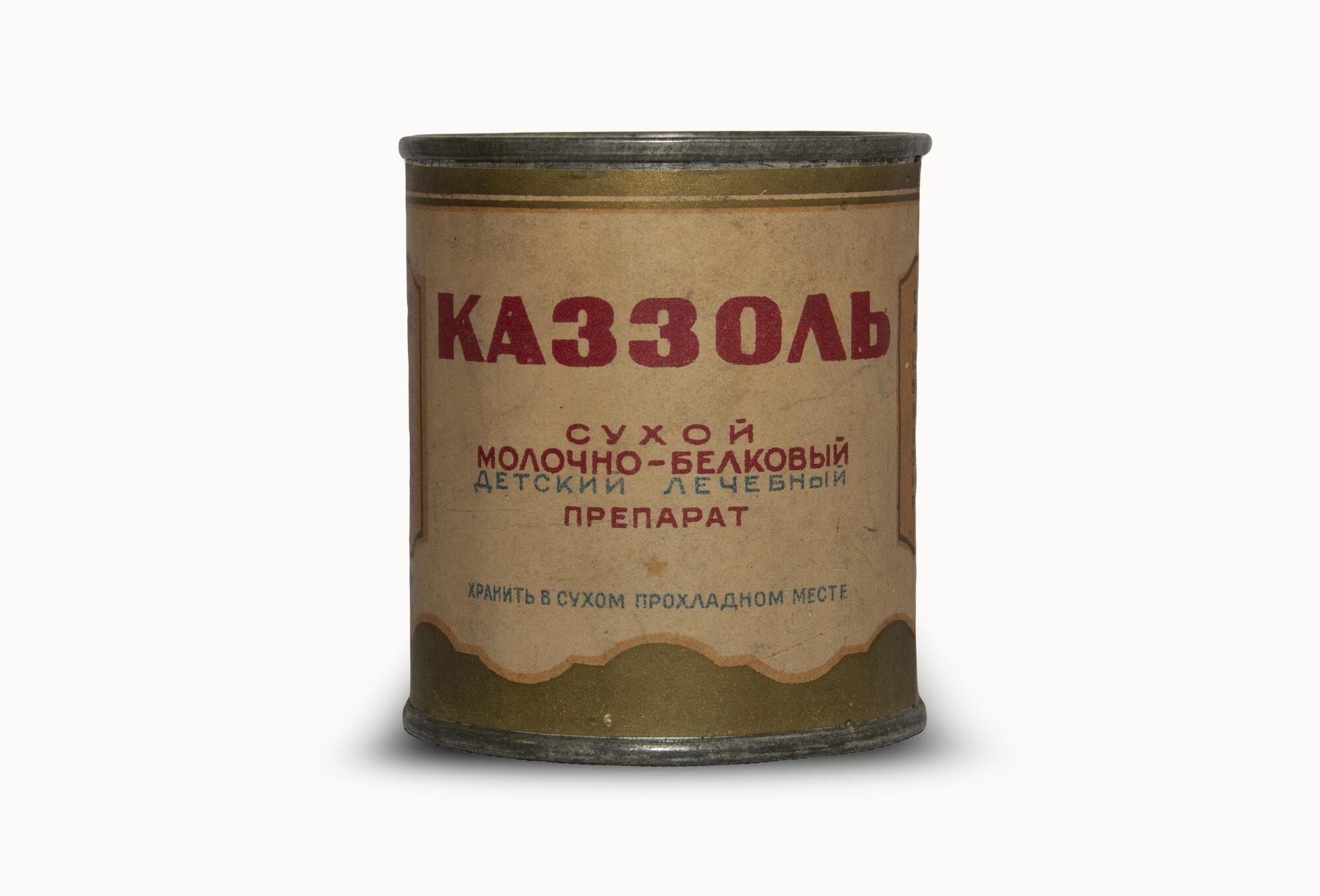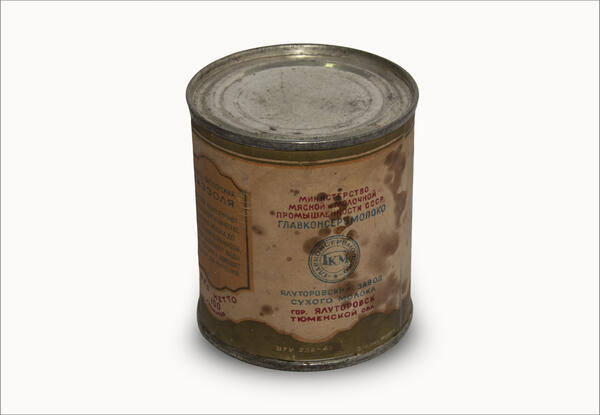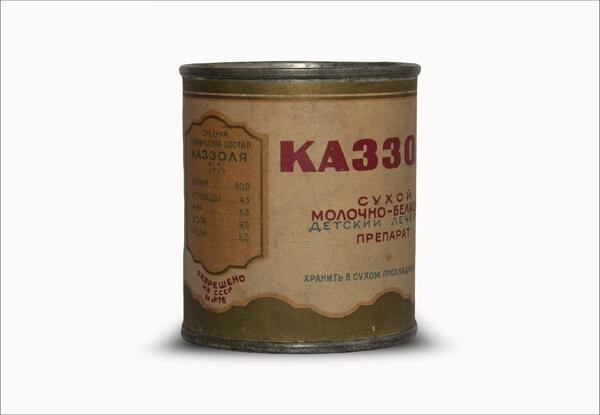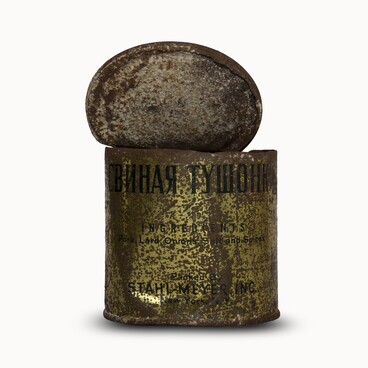Kazzol is a dry mixture that was produced from fresh farmer cheese by exposing it to sodium salts. It was used as a substitute for farmer cheese and was recommended for children who needed to have protein added to their diet. The mixture was especially indicated for premature babies, as well as in case of anorexia and other conditions that required the introduction of increased amounts of protein.
Similar mixtures (Plasmon, Lacton) were used for babies with health issues, which was very relevant for the first half of the 20th century with its constant demographic catastrophes, be it wars, famines, or epidemics. The fight against child mortality began under tsarism, but, unfortunately, it never became a matter of national importance; instead, it was a problem to be dealt with by the public, for the most part on a charitable basis.
An example was the network of free milk stations for the poor known as “Drop of Milk”; in 1909, there were 40 stations throughout the Russian Empire. But it was not until the 1917 Bolshevik revolution that the protection of motherhood and infancy became systematic, and the number of dairy kitchens increased many times over. Yet, the development was about more than mere numbers; new technologies in the dairy industry improved the population’s quality of living.
At the end of the 19th century, thanks to Russian scientists, the industrial production of powdered milk (the key component of infant formula) began. Later, other products were invented. The network was spread throughout the country, and dairies were built across Russia to meet the demand.
In particular, in the town of Yalutorovsk, Tyumen District, in April 1932, on the site of a butter-making cooperative, the construction of the Yalutorovsk powdered milk factory began, and on April 30, 1935, the first products were made at the factory. The head factory produced powdered milk, butter, chocolate butter and clarified butter.
During the war years, dairy products from the powdered milk factory mostly went to hospitals. In 1942, powdered milk arrived in the besieged Leningrad. In 1945, the factory supplied the state with 830 tons of canned dry milk and 159 tons of butter. During the war, children worked at the factory along with adults — for example, the tinning of flasks for milk was carried out by thirteen-year-old Pyotr Khokhryakov. In total, during the war years, more than 300 personnel of the factory were mobilized, 45 of them died; their names are now carved on the factory memorial.
Similar mixtures (Plasmon, Lacton) were used for babies with health issues, which was very relevant for the first half of the 20th century with its constant demographic catastrophes, be it wars, famines, or epidemics. The fight against child mortality began under tsarism, but, unfortunately, it never became a matter of national importance; instead, it was a problem to be dealt with by the public, for the most part on a charitable basis.
An example was the network of free milk stations for the poor known as “Drop of Milk”; in 1909, there were 40 stations throughout the Russian Empire. But it was not until the 1917 Bolshevik revolution that the protection of motherhood and infancy became systematic, and the number of dairy kitchens increased many times over. Yet, the development was about more than mere numbers; new technologies in the dairy industry improved the population’s quality of living.
At the end of the 19th century, thanks to Russian scientists, the industrial production of powdered milk (the key component of infant formula) began. Later, other products were invented. The network was spread throughout the country, and dairies were built across Russia to meet the demand.
In particular, in the town of Yalutorovsk, Tyumen District, in April 1932, on the site of a butter-making cooperative, the construction of the Yalutorovsk powdered milk factory began, and on April 30, 1935, the first products were made at the factory. The head factory produced powdered milk, butter, chocolate butter and clarified butter.
During the war years, dairy products from the powdered milk factory mostly went to hospitals. In 1942, powdered milk arrived in the besieged Leningrad. In 1945, the factory supplied the state with 830 tons of canned dry milk and 159 tons of butter. During the war, children worked at the factory along with adults — for example, the tinning of flasks for milk was carried out by thirteen-year-old Pyotr Khokhryakov. In total, during the war years, more than 300 personnel of the factory were mobilized, 45 of them died; their names are now carved on the factory memorial.






